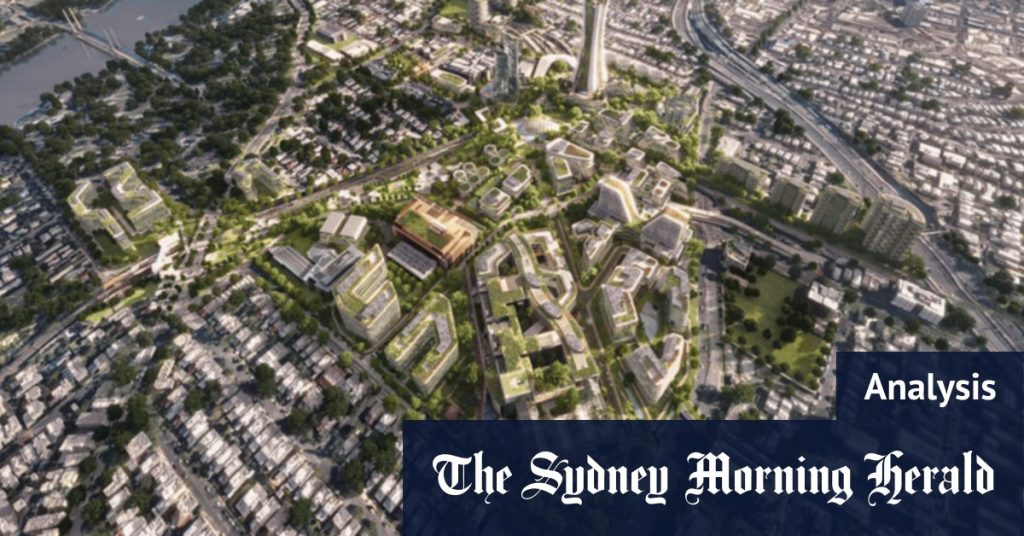In 2023, QIC secured approval for a significant development project in Brisbane’s Albert Street: a 40-story commercial office tower. Initially slated for a 2027 completion with construction commencing that same year, the project has faced adjustments and delays. Ongoing underground work on the new Albert Street station has impacted the project timeline. QIC subsequently sought and received approval to add another floor to the tower without altering its overall height, incorporating design modifications to the façade and enhanced landscaping around the ground floor retail spaces. Further revisions include an increase in bicycle parking and locker facilities, reinforcing the project’s aim to revitalize the connection between the Queen Street Mall and the Botanic Gardens. While these enhancements signify a commitment to improved amenities, they contribute to escalating construction costs, now anticipated to surpass the initial $750 million estimate. This cost escalation aligns with broader concerns regarding Queensland’s ambitious infrastructure program and its potential for delays and budget overruns.
The ongoing development landscape around Roma Street presents a mixed picture of progress and uncertainty. Several key sites remain in a state of limbo. The future of the Victoria Barracks at Petrie Terrace is pending a decision from the Department of Defence expected later this year. Meanwhile, the former dental hospital on Turbot Street lacks a concrete redevelopment plan following Mirvac’s withdrawal from the project. These unresolved situations contribute to a sense of ambiguity surrounding the area’s overall development trajectory. Further complicating matters is the uncertainty surrounding pedestrian and cycling infrastructure connecting Roma Street to the CBD and surrounding areas. These planned improvements are contingent on the presence of Olympic Games venues, now in question after the cancellation of the Gabba stadium rebuild. Griffith University’s decision to acquire the lease on the former Treasury casino site, after initially considering a high-rise campus at Roma Street, further reshapes the area’s development prospects.
The cancellation of the Gabba stadium rebuild has cast a long shadow over the Woolloongabba precinct, with the Brisbane City Council suggesting the potential reallocation of funds earmarked for a new Metro station to extend the existing network. The Kangaroo Point Bridge, recently opened and initially touted as a crucial pedestrian link for Olympic Games attendees, now faces questions regarding its utility in the absence of the Gabba venue. The ripple effects of this decision extend beyond public infrastructure. Several privately owned sites within the Woolloongabba Priority Development Area (PDA) have fallen into disrepair as developers await clarity on the government’s intentions. Furthermore, discussions regarding the balance of private, social, and affordable housing within the PDA have subsided, adding to the overall uncertainty surrounding the area’s future.
In contrast to the uncertainties surrounding Roma Street and Woolloongabba, the Boggo Road precinct appears to be making more definitive strides. QIC’s vision for an Innovation Precinct is poised to commence this year, contributing to the ongoing development momentum in the surrounding areas of Buranda and Stones Corner. This positive trajectory is expected to extend throughout Woolloongabba, offering a counterpoint to the stagnation elsewhere. QIC’s established track record in town centre developments and its partnerships with developers on residential projects, including build-to-rent ventures, positions the company as a key player in the area’s transformation.
QIC’s Albert Street tower project, though facing rising costs and potential delays, underscores the complexities of large-scale development in a rapidly changing urban environment. The ongoing evolution of the Roma Street and Woolloongabba precincts highlights the interplay between public infrastructure decisions, private investment, and the long-term vision for a city. The uncertainty surrounding major projects like the Victoria Barracks and the former dental hospital, coupled with the ripple effects of the Gabba stadium rebuild cancellation, creates a fluid and challenging environment for developers.
In summary, Brisbane’s development landscape is navigating a period of significant transition. QIC’s Albert Street project, while facing challenges, embodies the ambition and complexity of urban renewal. The evolving situations at Roma Street and Woolloongabba, particularly in the wake of the Gabba stadium decision, exemplify the intricate relationship between public infrastructure, private investment, and community needs. The progress at Boggo Road offers a glimpse of the potential for transformative development, showcasing the role of strategic partnerships and long-term vision in shaping the city’s future.

